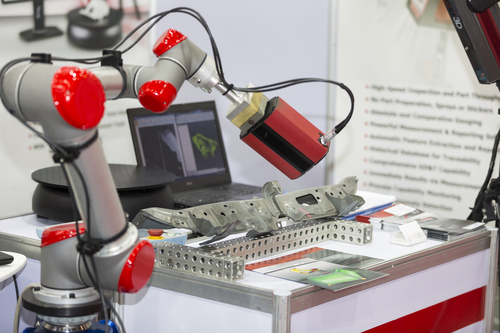Today’s manufacturing, quality and design engineers often need just two gears to get their tasks done; forward and reverse. Moving forward is the best strategy, but it only looks good on paper. Things can go astray at any point.
Learn How A Complex Plastic Part Is Reverse Engineered

18
Mar




